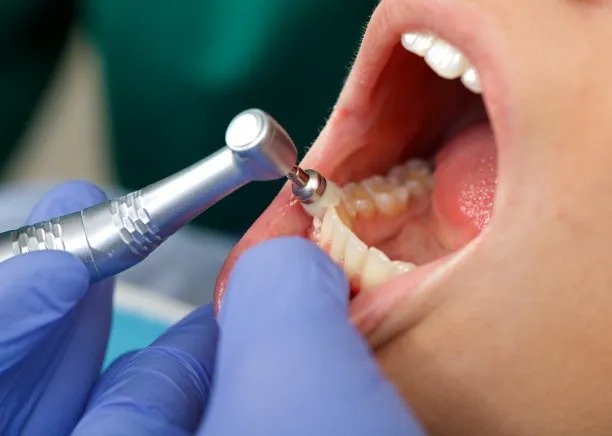The Essential Guide to Extracting a Tooth Safely and Effectively for Pain Relief and Improved Oral Health
Summary: Extracting a tooth can be a daunting procedure, but when done safely and effectively, it can provide significant pain relief and enhance overall oral health. This essential guide outlines the critical steps to ensure a smooth extraction process. It provides insights into preparation, techniques for safe extraction, post-extraction care, and recognizing when professional help is needed. By understanding these aspects, individuals can navigate this uncomfortable experience with confidence, ultimately leading to improved oral hygiene and a better quality of life.
1. Preparation for Tooth Extraction

Before any tooth extraction, proper preparation is vital to ensure a safe and successful procedure. Firstly, it is essential to consult with a dental professional who can evaluate the situation and determine if extraction is necessary. This consultation will often involve an examination and imaging to assess the tooths condition and surrounding structures.
Secondly, a comprehensive medical history should be reviewed. Patients must inform their dentist about any pre-existing conditions, medications, or allergies that could influence the extraction process. Such information is crucial for tailoring the procedure to each patients needs and minimizing potential complications.
Lastly, preparing mentally for the procedure can alleviate anxiety. Understanding what to expect during the extraction process, including the potential discomfort and the significance of post-operative care, can ease fears and foster a more positive mindset towards the experience.
2. Techniques for Safe Tooth Extraction
When it comes to tooth extraction techniques, there are primarily two methods: simple extraction and surgical extraction. A simple extraction involves loosening the tooth with an instrument called an elevator before removal, which is usually performed under local anesthesia. This method is appropriate for teeth that are visible above the gum line.
Surgical extraction, on the other hand, is more complex and may be necessary for teeth that are broken, impacted, or not easily accessible. In this procedure, incisions may be made in the gum tissue, and bone may need to be removed to extract the tooth. Surgical extractions require careful planning and are typically accompanied by sedation or general anesthesia to ensure the patients comfort.
Throughout the entire extraction, maintaining a sterile environment is crucial. Dental professionals should adhere to strict sterilization protocols to prevent infections. Utilizing contemporary technology and techniques contributes significantly to the safety and efficiency of the procedure.
3. Post-Extraction Care Guidelines
Post-extraction care is as critical as preparation and the extraction itself. After the procedure, patients should follow their dentists instructions carefully. This typically includes biting down on a gauze pad for about half an hour to control bleeding.
Ice packs can also be used to manage swelling. Applying an ice pack to the outside of the cheeks in intervals can reduce inflammation and provide pain relief. Additionally, patients should be prepared to manage pain with prescribed medications or over-the-counter pain relievers.
Furthermore, maintaining a soft-food diet for the first few days post-extraction is advisable. Foods that require minimal chewing, such as yogurt or smoothies, can provide essential nutrients without complicating the healing process. Staying hydrated and avoiding straws or intense physical activity will also enhance recovery.
4. Recognizing When to Seek Help
Even with meticulous care, complications can arise, necessitating consultation with a dental professional. Patients should be vigilant for signs of infection, such as increased swelling, severity in pain, or a foul-tasting discharge that could indicate pus formation.
Moreover, an elevated fever following the extraction could be an alarming sign that requires immediate medical intervention. Patients should not hesitate to reach out to their dentist or seek emergency dental care, particularly if something feels off during recovery.
Lastly, routine follow-up appointments with a dentist are crucial because they allow for a professional evaluation of the healing process. This follow-up ensures that any potential complications are addressed in a timely fashion, thus safeguarding the patients overall oral health.
Summary:
The world of dental care can often seem intimidating, but understanding the processes involved in tooth extraction can alleviate some of the anxiety associated with it. This guide highlights the importance of preparation, safe extraction techniques, post-care guidelines, and recognizing the need for professional assistance. Remember, the journey to better oral health begins with informed decisions.
This article is compiled by Vickong Dental and the content is for reference only.



